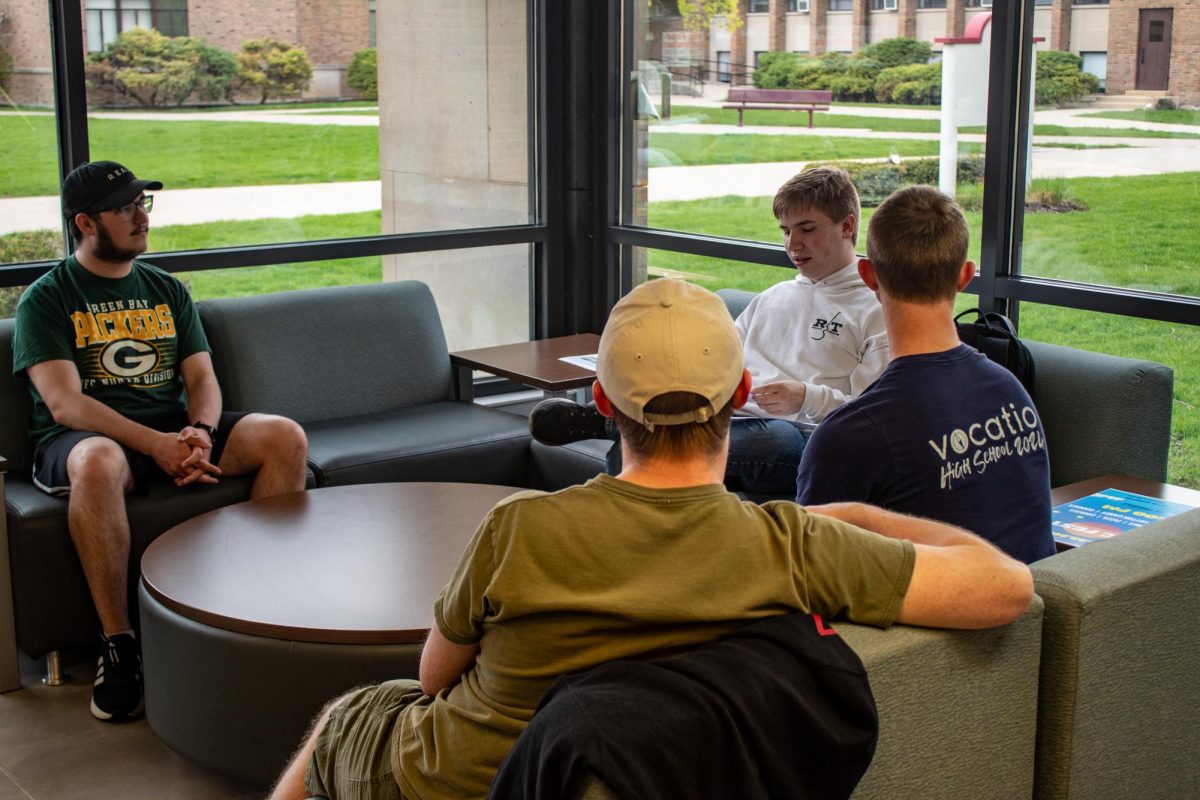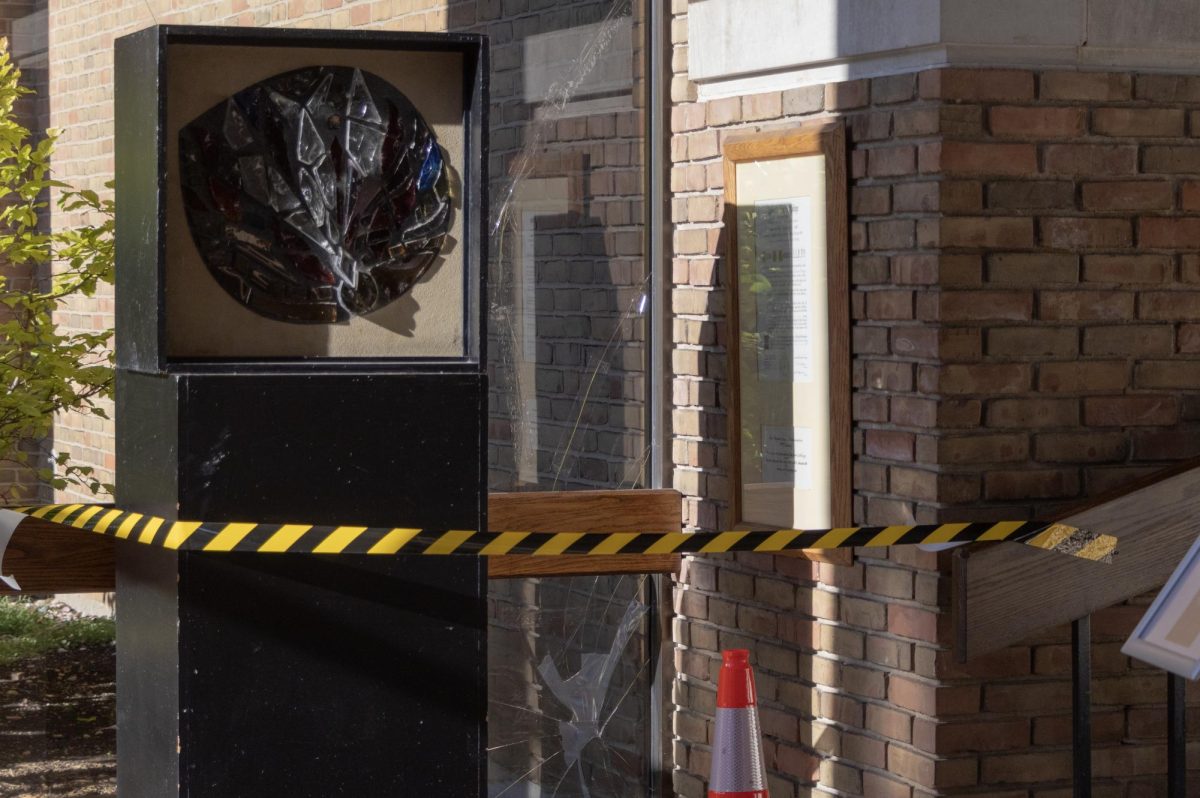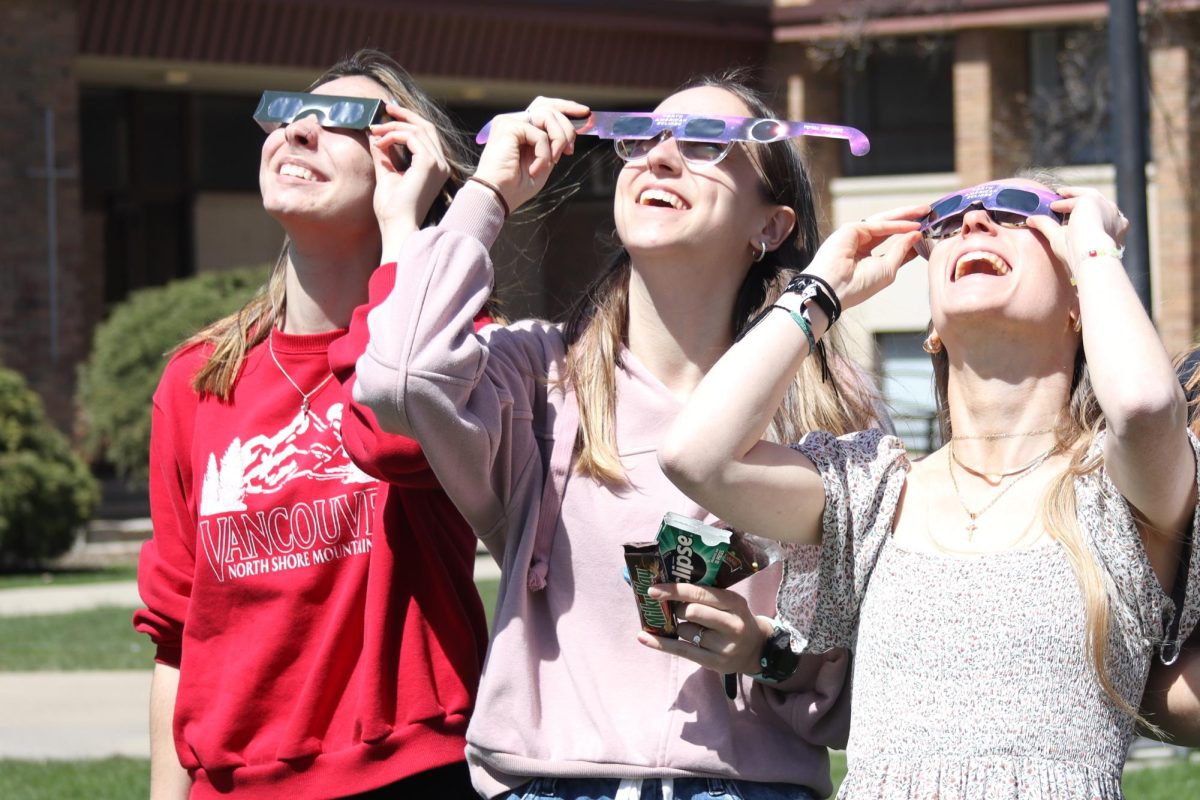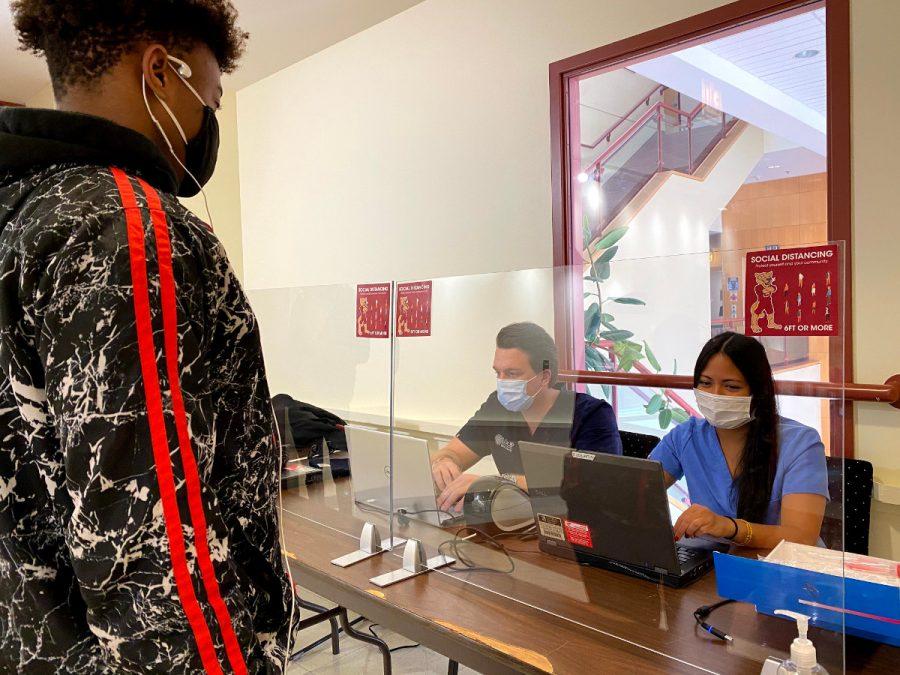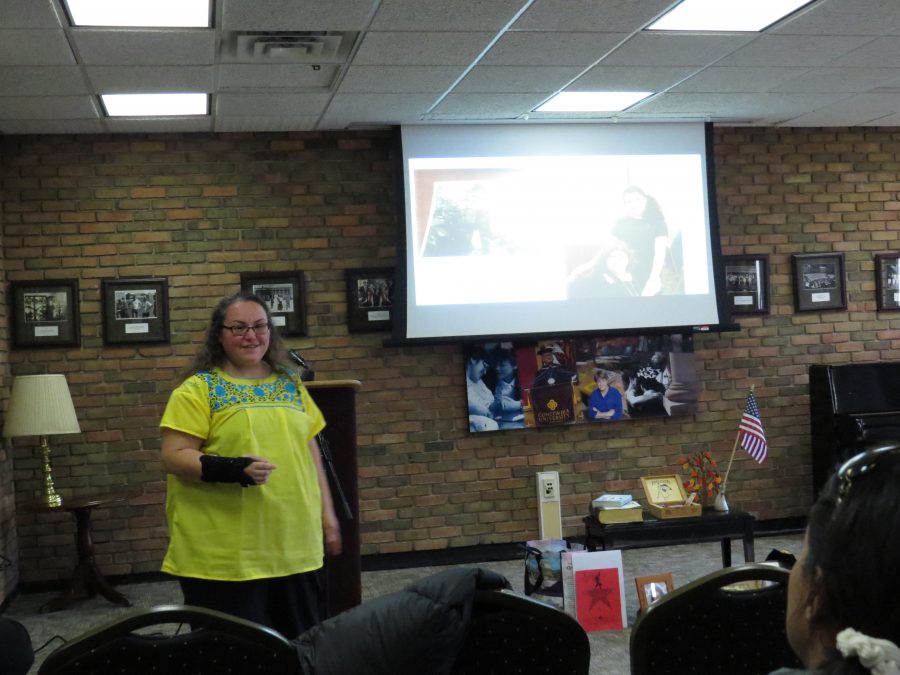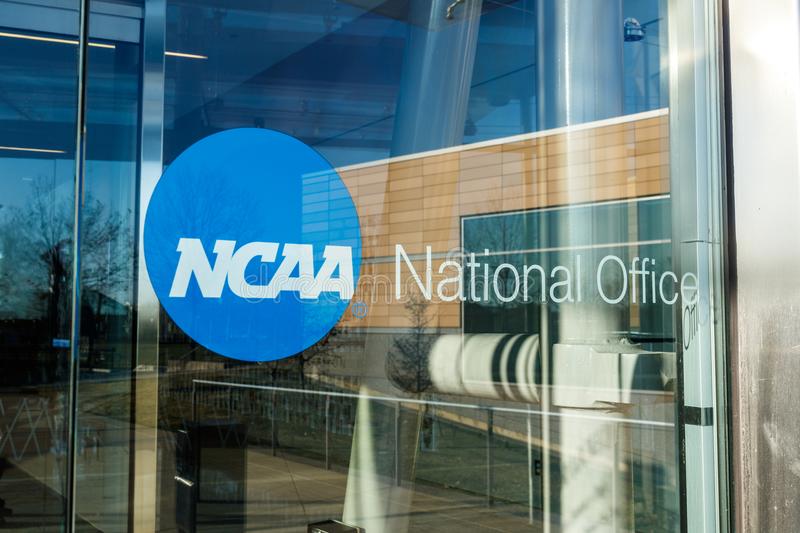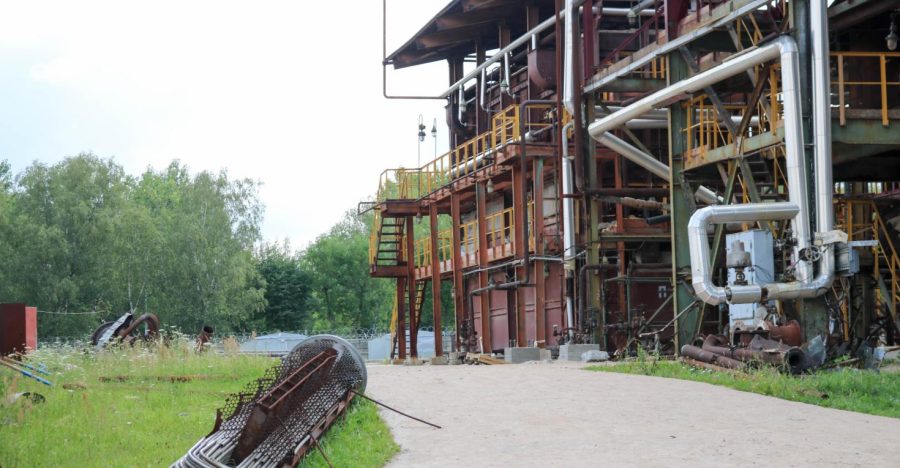by AJ Schlott
Midwest winters are renowned for their bitter colds and heavy snows, but any Midwesterner can tell you, these things do not happen until late December and early January. Although this is usually the case, most of these same people would not be able to tell you WHY the weather works this way. Is it because of the location? Perhaps it is caused by human beings? The answer is, however, that it is a totally natural thing called seasonal delay.
Seasonal delay is the phenomenon where the temperature of an area is delayed, as the name suggests, due to the fact that the planet heats itself through longwave radiation. This longwave radiation simply means that when the sun shines on the Earth, a percentage of it is absorbed into the ground instead of being quickly reflected. This absorbed energy then takes time to convert from light into heat causing a delay. As the sun continues to beat down on the planet, more and more energy is converted into heat. The Earth always gives off heat regardless of time of day or sunlight. Thus, at night, when all the heat is being given off and nothing is absorbed, the temperature cools as there is less to convert. This happens on a daily scale, and is most noticeable in the summertime. The morning may seem cool and nice, but by the midafternoon, the heat is scalding and sweating is imminent. The constant daily sunlight is direct, and allows for a large quantity of solar energy to be absorbed into the ground, equaling and even surpassing the amount of heat that is discharged. This longwave radiation occurs in the long run as well, and thus, summer and winter occur.
Winter time is often portrayed as drab and gloomy, with the sun choosing to hide behind clouds all day. This is a large factor in longwave radiation and seasonal delay. Just as the Earth cools at night due to a lack of sunlight, the same thing occurs all winter long.
On top of that, there is usually snow in the winter, and this snow causes two things to happen. The first is that snow has a high libido or ability to reflect light. This deters the little sunlight that gets through, and sends it back upward as light instead of heat, and is one of the reasons it always seems so blinding outside in the winter. The other thing that happens due to snow, is that it covers the ground, preventing the sunlight from reaching the ground and being absorbed. With little to no absorption, along with the constant outpouring of heat, the areas of the planet in winter get gradually colder and colder. This gradual cooling takes place over the later fall months, such as October and November, and carries on all throughout the winter.
Concordia University Chicago senior, Tim Moses, was surprised by this information, as he thought it was just a regular occurrence. “I never really put much thought into why it was colder in January, I just always prepared for it. Growing up in the Midwest, you just know that December is basically a fool’s winter.”
Seasonal delay is something that the entire planet goes through, and thus it is something to pay attention to. Although there is not much one can do to change it, there is plenty one can do to prepare themselves for the bitter cold months. Thus, when that delay finally hits, they will be better off and ready to take on whatever Jack Frost throws their way.

